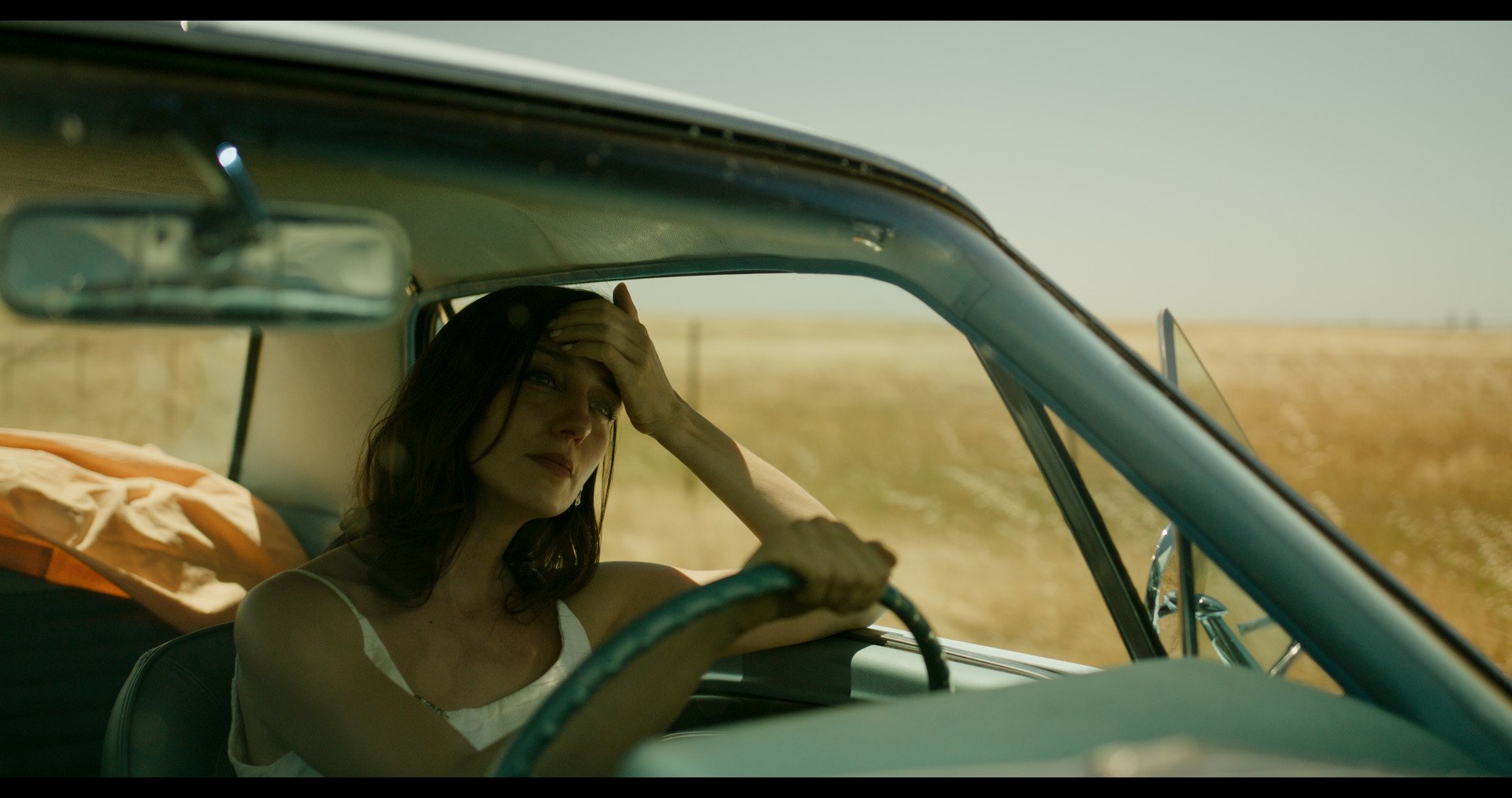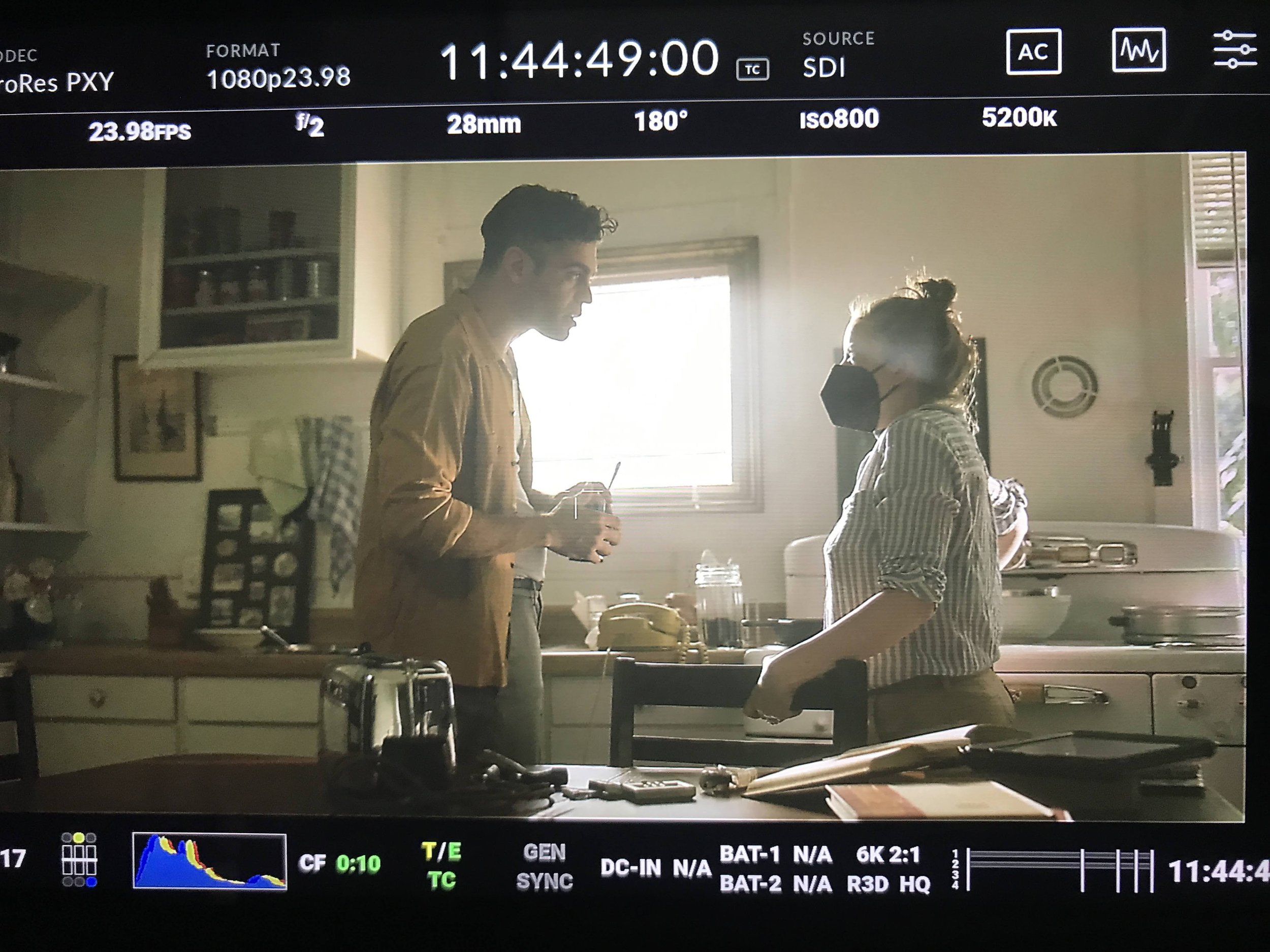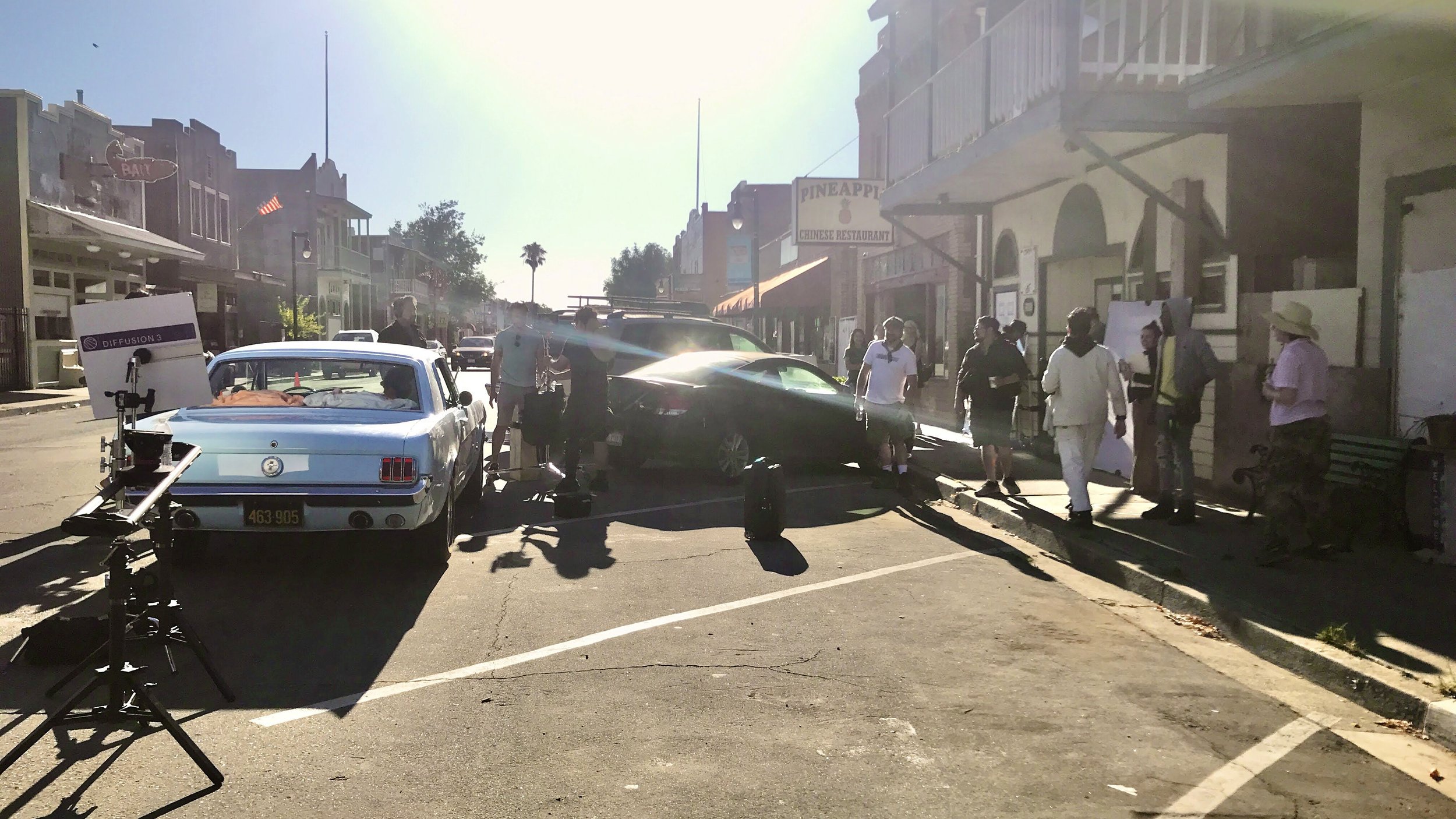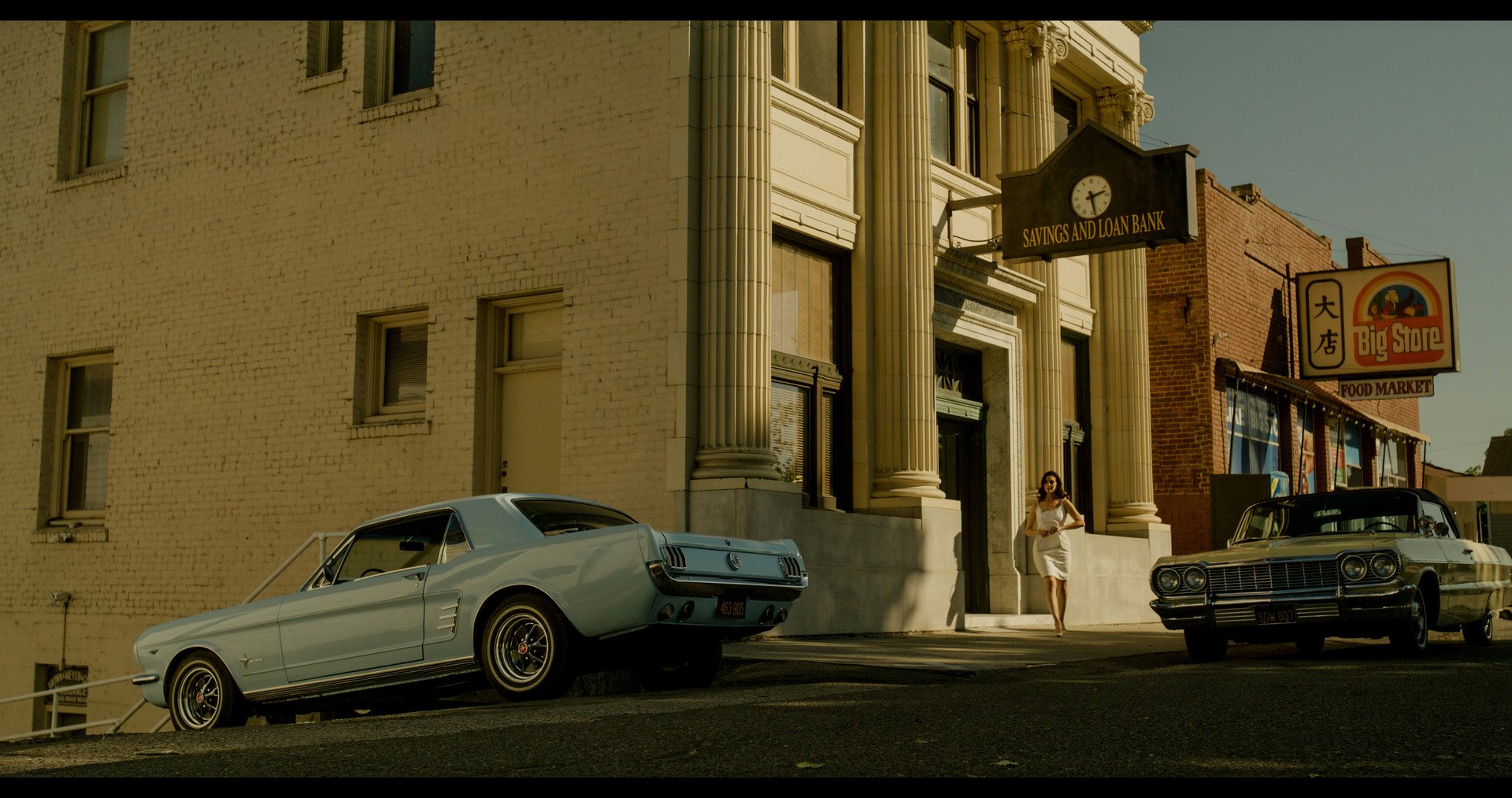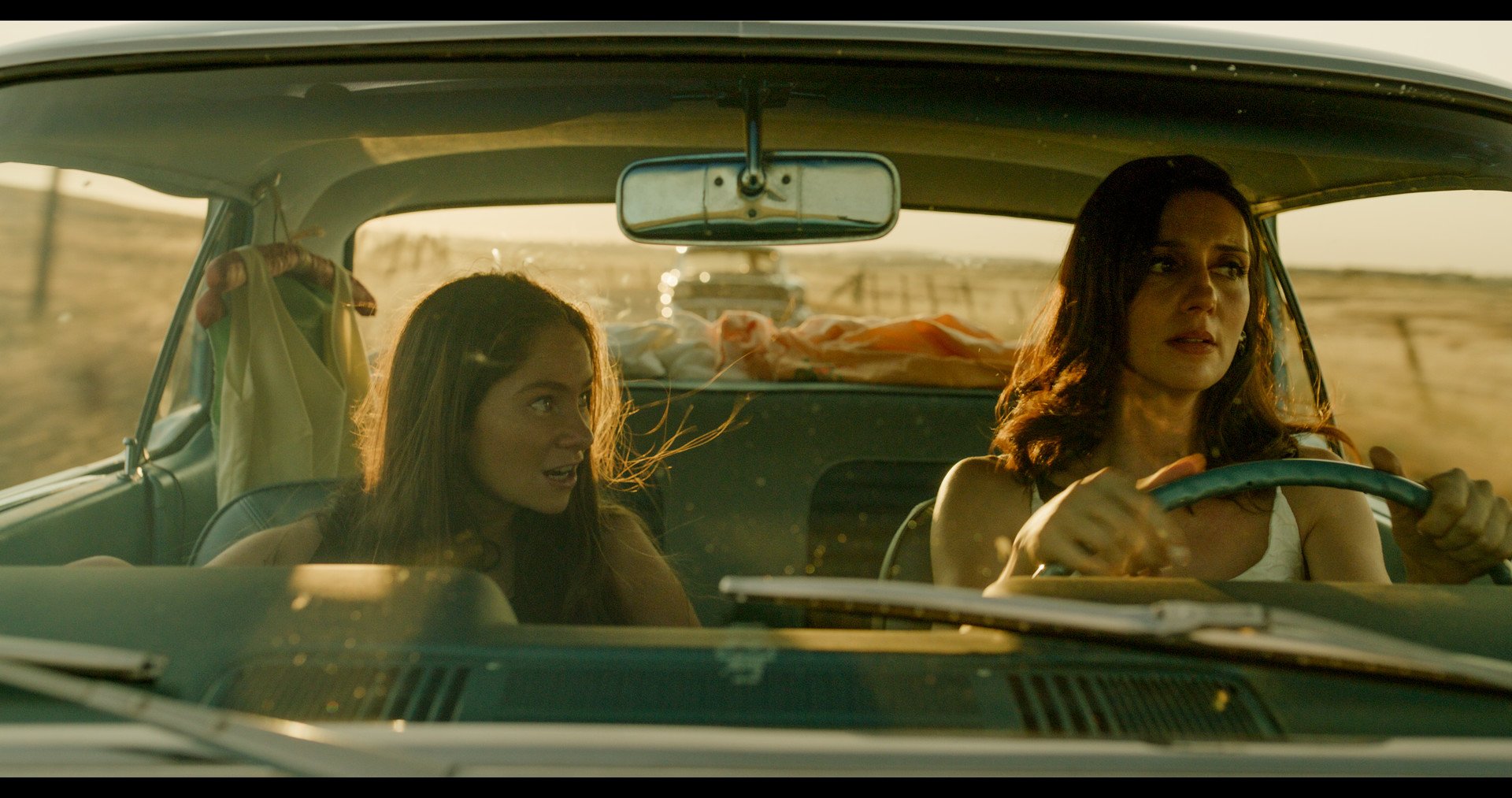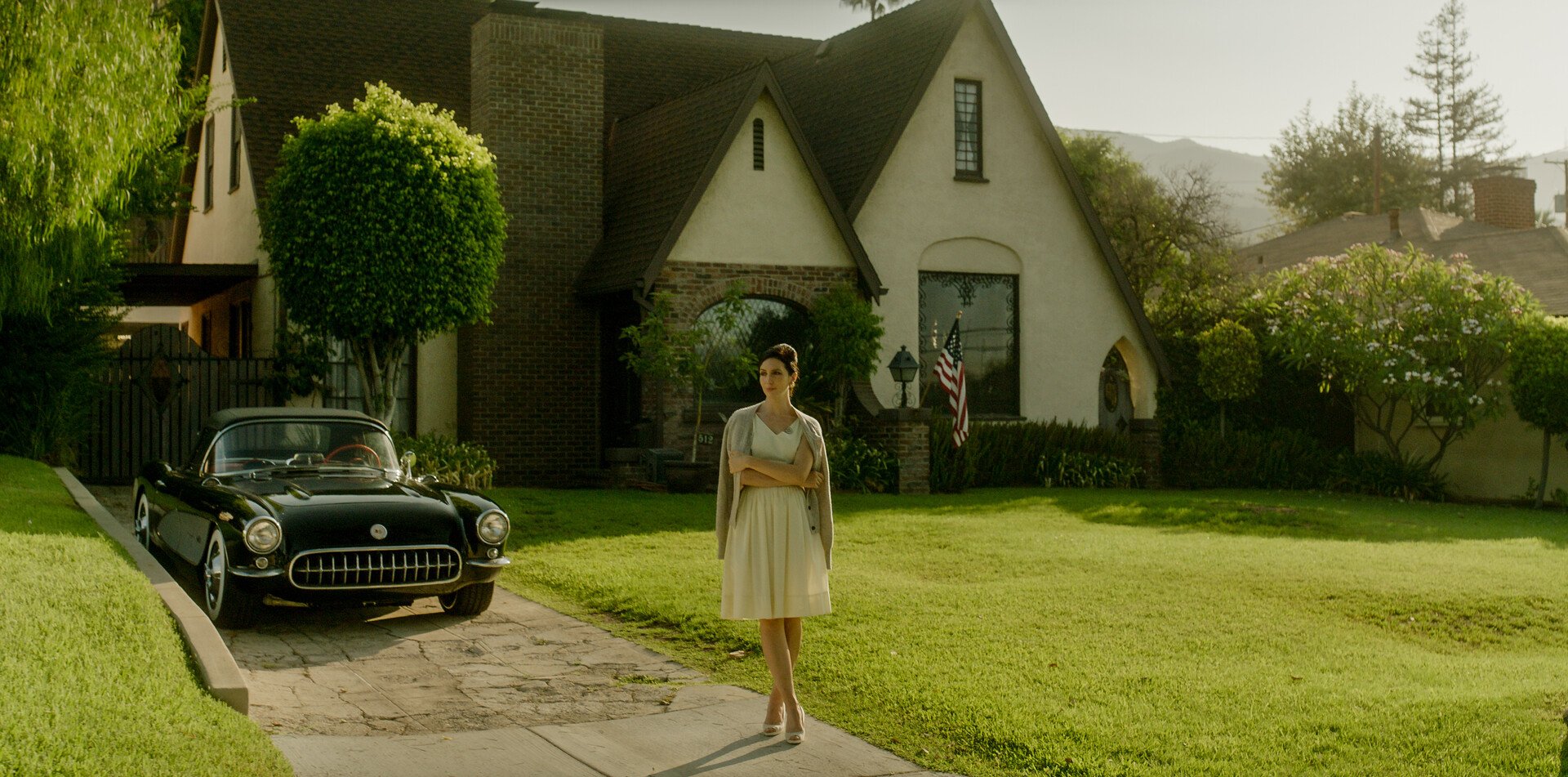5Q's w/ Emily Somers "Into the Valley" Writer and Producer
QUESTION#1: How do your top 3 favorite films influence your filmmaking?:
My top three favorite films all exemplify, in vastly different ways, what I enjoy most about storytelling and filmmaking. A River Runs Through It embodies my love of cinematic landscapes and the power of nature as another character on screen. So much emotion and information can be conveyed by a character set within a striking natural landscape. I love the clever dialogue and intimate world created in Wonder Boys set against a Bob Dylan soundtrack. A character's distinct way of speaking and music choices heavily influence my writing and filmmaking vision. Both A River Runs Through It and Wonder Boys are adaptations, as is Into the Valley -- the dialogue lifted from literature often feels elevated and more poetic And finally, Another Earth completely shifted my idea of what is feasible in indie filmmaking. It's such an unusual, yet simple, powerful, human story told in a clear, resourceful way. It blew me away and made me a Brit Marling fan for life.
QUESTION#2: What do you wish someone would ask you about your film and why?:
What aspects of filmmaking were you involved in? I think there's a lot of insight into the reality of indie filmmaking when we share just how many hats indie filmmakers wear to get their projects made.
I was involved with almost every step of the process. I first optioned the rights to Ruth Galm's novel Into the Valley back in 2016 and wrote it into a feature screenplay. I had never optioned anything before, and learned through doing and asking my network and mentors a million questions. When it was challenging to attach a director to the feature, a producer friend mentioned writing it as a short/proof of concept. This felt more achievable and like a stepping stone to get the feature produced. While searching for a director for the short, I spent trips home to visit my parents outside Sacramento doing mini location scouts with my husband. We would drive to nearby towns mentioned in the novel, which takes place in the area and snap photos. When Emily Sandifer came on to direct, she and I did another scout in Maricopa -- ultimately we decided to stay as true as possible to the book and shoot on location in the Sacramento Valley and Delta. I organized two Seed&Spark fundraising campaigns, and Ruth, Emily, and I raised $50,000 to make the film. In pre-production I wrote casting breakdowns and narrowed down tapes which Emily, Ruth and I reviewed and collectively cast. I worked with local agencies to cast as many local actors as possible. Through my Northern California Agency and the Sacramento Film Commission, I was connected with the production community in Sacramento and interviewed and hired production designers, costume designers, location scouts, sound designers etc. Since half our crew was based in NorCal, I shopped local vintage stores in Burbank for authentic 1960s wardrobe pieces. I organized lodging at the local hotel -- my mom even found an RV for our shoot days, and my husband organized crafty from the local restaurants. I was very lucky to secure all of our period cars for very little cost, due to a friend's referral. It all came together, chaotically, but it all came together!
QUESTION#3: What scared you the most about making this film?:
Fundraising and the fact that it's a period piece set in the 1960s scared me the most. I'd never done a crowdfunding campaign, and I was afraid no one would contribute, especially with such a huge goal. Thankfully, I was proven wrong again and again. This film was made because of our wonderful community of supporters. They rallied around us and believed in this project and our vision from day one. The fact that we were able to shoot on location and many of our sets were greatly unchanged since the 60s, that I was able to find true 1960s dresses in vintage shops in LA, and our beautiful hero car, and Emily and TJ's dedication to sourcing and creating authentic props and disguising or removing some modern features from shots all contributed to conveying a (hopefully) convincing 1967.
QUESTION#4: You have to choose one to make your next movie: 1) unlimited budget but only a single take of every shot 2) Academy award winning composer, but they're not allowed to watch the film 3) A-list cast, but they're directed using only charades. Which one do you pick and why?:
Definitely unlimited budget with only a single take of every shot. Sometimes the first take can be the most authentic -- plus you can still do unlimited rehearsals, right? The budget was the most challenging aspect of filmmaking for me, especially producing a period piece, so an unlimited budget with access to the best equipment, crew, cast, locations, etc. would set you up for a pretty great take.
QUESTION#5: What's does the future hold for this film and you?:
Once we finish up with film festivals -- we head to Yountville and then Alameda International Film Festival next -- I plan on using the short/proof of concept to pitch the feature screenplay to production companies and financiers. I am also writing a dark comedy series set in the desert and hopeful for some acting opportunities!
Social media tags to share with our readers:
instagram.com/emilysomers instagram.com/intothevalleyfilm
URL link(s) to cool BTS images and videos:


